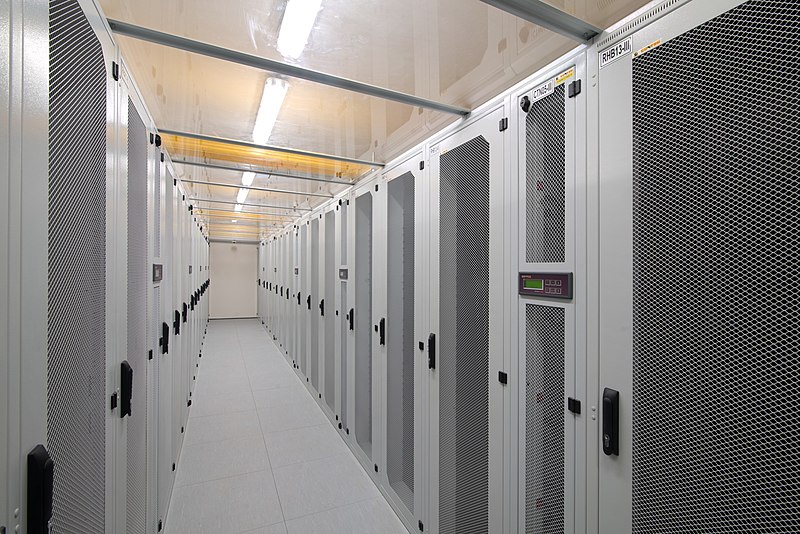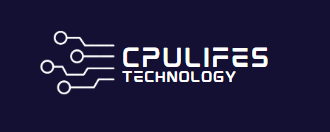Fix Slow PS4 UI – Top 9 Actions to Make It Faster
Is your PS4 UI running slow? Here are the top 9 actions to make it faster.
Common Causes of Performance Issues
– One common cause of performance issues on the PS4 is a full hard drive. When the hard drive is full, it can slow down the system and cause lag in the user interface. To fix this issue, free up space on your hard drive by deleting unnecessary games, files, and applications.
– Another common cause is a lack of system updates. Outdated firmware can lead to performance issues. To address this, make sure your PS4 is running the latest software update available.
– Over time, the PS4’s cache can become overloaded, leading to a sluggish UI. To resolve this, clear the cache on your PS4 to help improve performance.
– Network issues, such as a slow internet connection or a crowded network, can also impact the speed of the PS4’s UI. To address this, check your internet connection and consider using a wired connection for a faster and more stable connection.
– Lastly, a software bug or glitch could be causing performance issues. To fix this, check for any available software updates or patches for the specific game or application that is causing issues.
By addressing these common causes of performance issues, you can help make your PS4 UI faster and more responsive.
Restart and Reboot Solutions
1. Restart your PS4 regularly to clear the cache and close any background applications that may be slowing down the UI. Press the Power button on the front of the console and select “Restart PS4” from the menu.
2. Reboot your PS4 in Safe Mode by holding down the power button for 7 seconds until you hear a second beep. Then select the “Restart PS4” option from the menu.
3. Check for system software updates by going to Settings > System Software Update. Make sure your PS4 is running the latest firmware to optimize performance.
4. Clean up your PS4’s hard drive by deleting any unused games, applications, or media files. Go to Settings > Storage > System Storage to manage your disk space.
5. Defragment your PS4’s hard drive by rebuilding the database. Turn off your PS4, then hold down the power button for 7 seconds until you hear a second beep. Select “Rebuild Database” from the Safe Mode menu.
6. Clear the system cache by turning off your PS4 and unplugging the power cable for a few minutes. Then plug it back in and restart the console.
7. Check your internet connection and network settings to ensure your PS4 is getting a strong signal and stable connection. Go to Settings > Network to troubleshoot any issues.
8. Consider initializing your PS4 to restore it to factory settings if none of the above solutions have resolved the slow UI issue. Back up your data before doing this, as it will erase all the content on your PS4.
9. If you’re still experiencing slow UI after trying these solutions, consider reaching out to PlayStation support for further assistance. They may be able to diagnose and fix any underlying hardware or software issues.
However, it is important to note that Fortect may not be able to fix the specific issue with the PS4 UI if it is not related to the mentioned aspects.
Enhance Storage and Space Management
| Action | Description |
|---|---|
| 1. Upgrade to an SSD | Replace the standard hard drive with a solid state drive for faster loading times. |
| 2. Delete Unused Games and Apps | Free up space by removing games and applications that are no longer being used. |
| 3. Transfer Games to External Storage | Move games to an external hard drive to free up space on the PS4’s internal storage. |
| 4. Clear Cache Data | Regularly clear the cache to remove temporary files and improve system performance. |
| 5. Organize Game Library | Create folders and organize games to make it easier to find and manage them. |
| 6. Enable Automatic Updates | Allow the PS4 to automatically update games and applications to ensure they are running efficiently. |
| 7. Use Rest Mode for Downloads | Utilize the rest mode feature to continue downloading updates and games while the console is in standby mode. |
| 8. Install the Latest System Software | Keep the PS4’s software up to date to access performance improvements and bug fixes. |
| 9. Clean the PS4 Console | Regularly clean the console to prevent dust buildup and maintain optimal performance. |
Optimize Internet and Connectivity
First, make sure your PS4 is connected to the internet via a wired connection rather than Wi-Fi. This can significantly improve the speed and stability of your internet connection.
Next, check your network settings and optimize your PS4’s internet connection by adjusting the DNS settings. You can do this by going to Settings > Network > Set Up Internet Connection, and then choose Custom setup. When prompted for the DNS settings, select Manual and enter the primary and secondary DNS addresses provided by your internet service provider.
Another important step is to clear the PS4’s cache. To do this, turn off your PS4 and unplug the power cable. Wait for a few minutes, then plug the power cable back in and turn on the PS4. This will clear the cache and potentially improve the system’s performance.
If you’re still experiencing slow UI on your PS4, consider updating the system software to the latest version. Sometimes, software bugs can cause sluggish performance, and updating the software can resolve these issues.
Finally, consider rebuilding the PS4 database to improve system performance. To do this, start your PS4 in safe mode by holding down the power button until you hear two beeps. Then, select the “Rebuild Database” option.
System Maintenance and Database Management

One of the first things you should do is clean up the disk space on your PS4. This can be done by deleting unnecessary files and games that you no longer use. Additionally, rebuilding the database can also help to improve the speed of the UI. To do this, boot your PS4 in safe mode and select the option to “rebuild database.”
Another important action to take is to check for software updates for both your PS4 system software and your games. Keeping everything up to date can help to resolve any software bugs that may be contributing to the slow UI.
Regularly clearing the cache on your PS4 can also help to improve its performance. This can be done by going to the settings, then selecting “storage” and clearing the cache for applications that are running slowly.
Finally, monitoring and managing your storage space is important for keeping your PS4 running smoothly. Make sure to regularly delete any unnecessary files and games, as well as managing your saved data to free up space.
By regularly performing system maintenance and database management on your PS4, you can help to keep its UI running faster and more efficiently.
Upgrade Hardware Components

- Replace the Hard Drive
- Back up your data
- Turn off the PS4 and unplug it
- Remove the old hard drive and install the new one
- Reinstall the PS4 system software
- Upgrade the RAM
- Make sure the new RAM is compatible with the PS4
- Turn off the PS4 and unplug it
- Open the PS4’s case and locate the RAM
- Replace the old RAM with the new one
- Clean the Cooling Fan
- Turn off the PS4 and unplug it
- Open the PS4’s case and locate the cooling fan
- Use compressed air to clean the fan and vents
- Close the PS4’s case and plug it back in
Please be aware that the PS4 UI may be slow and unresponsive at times. Download this tool to run a scan

